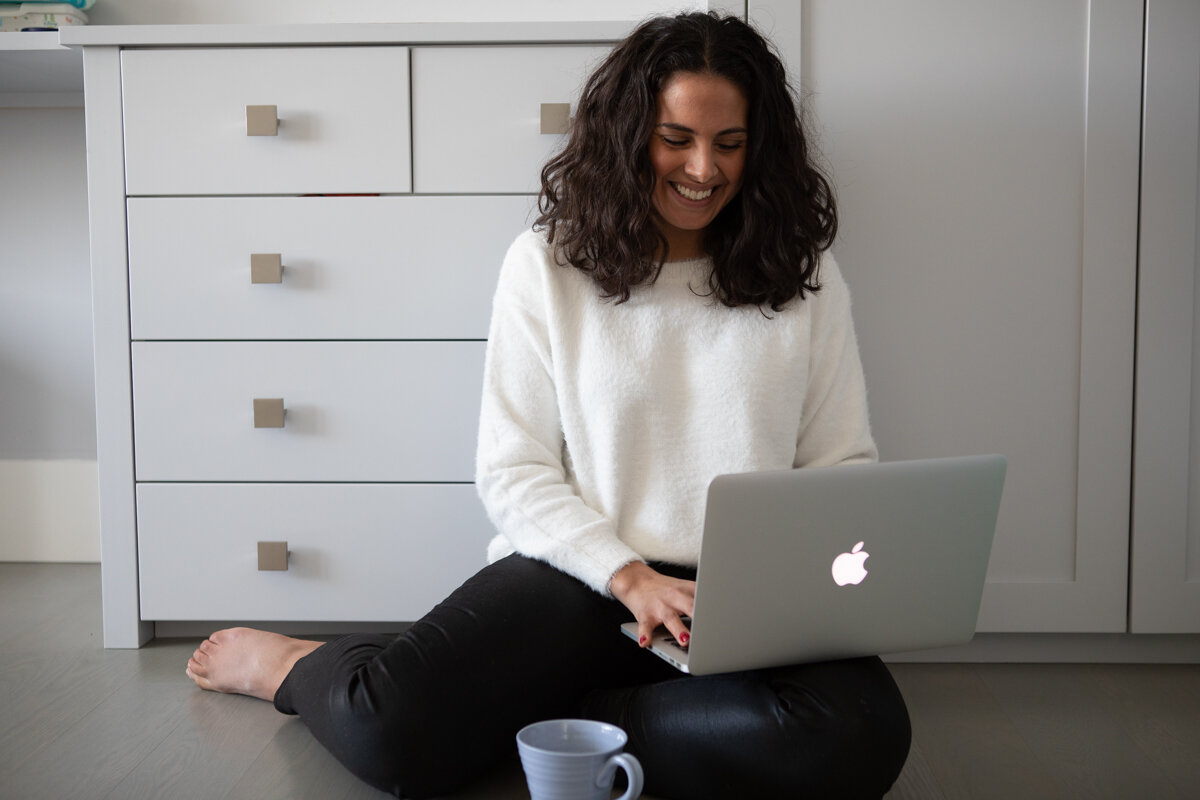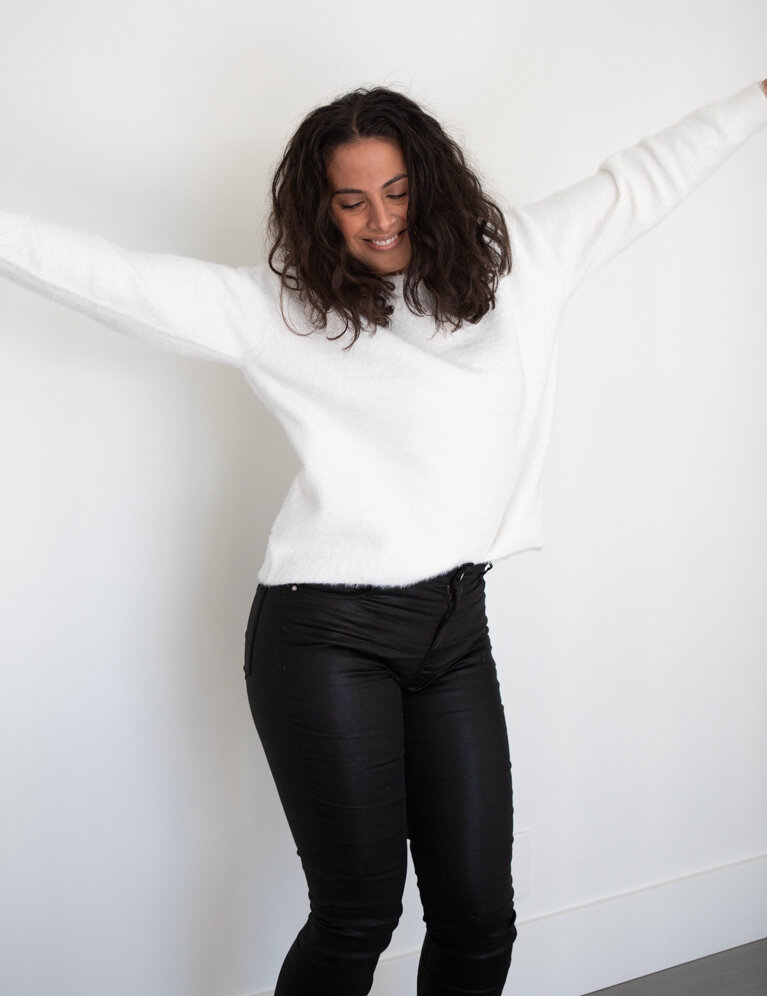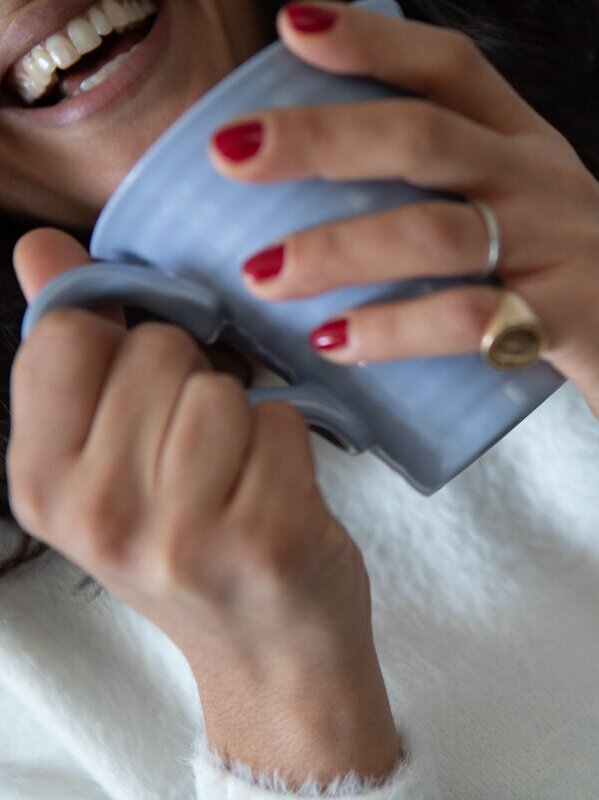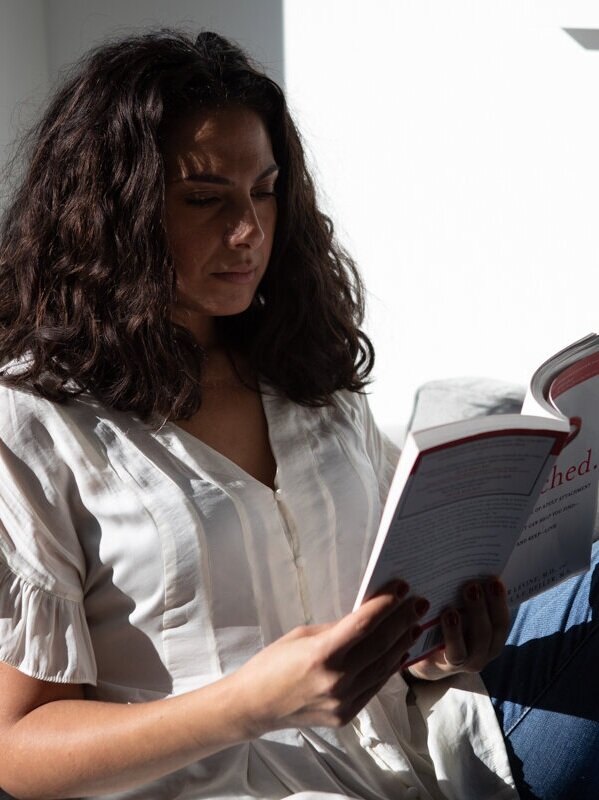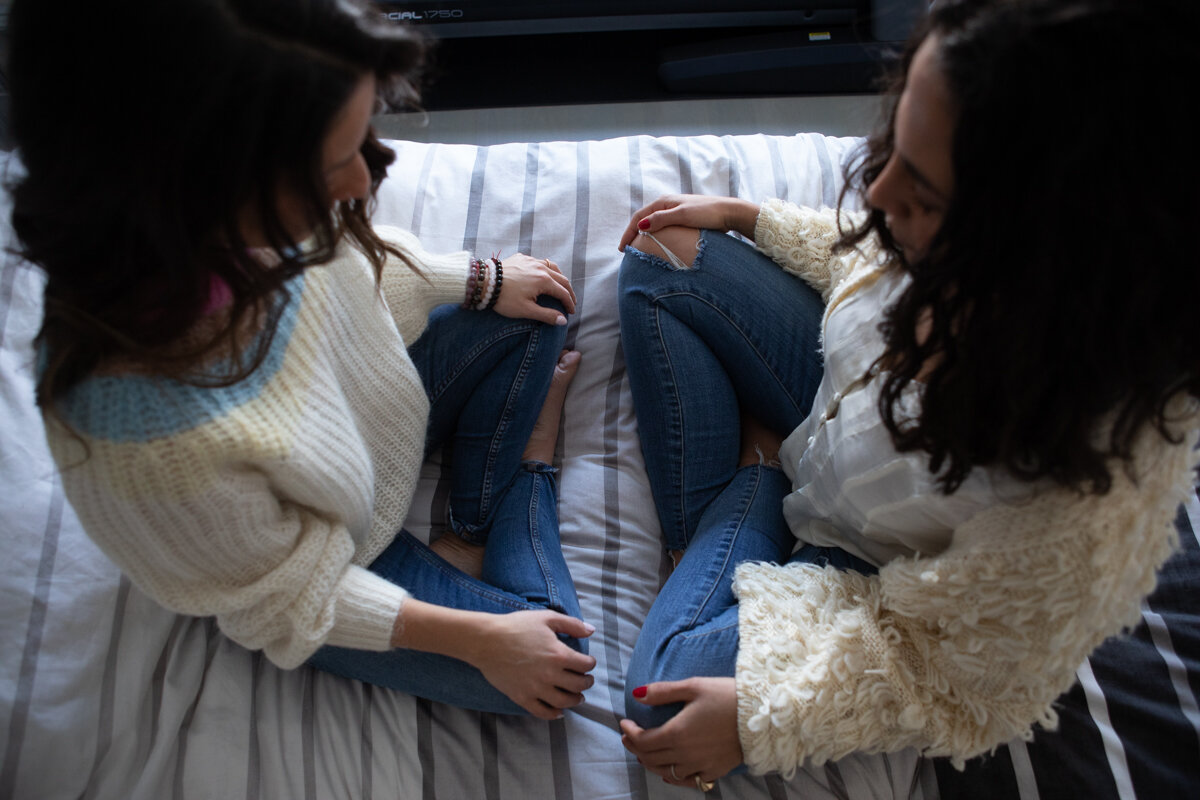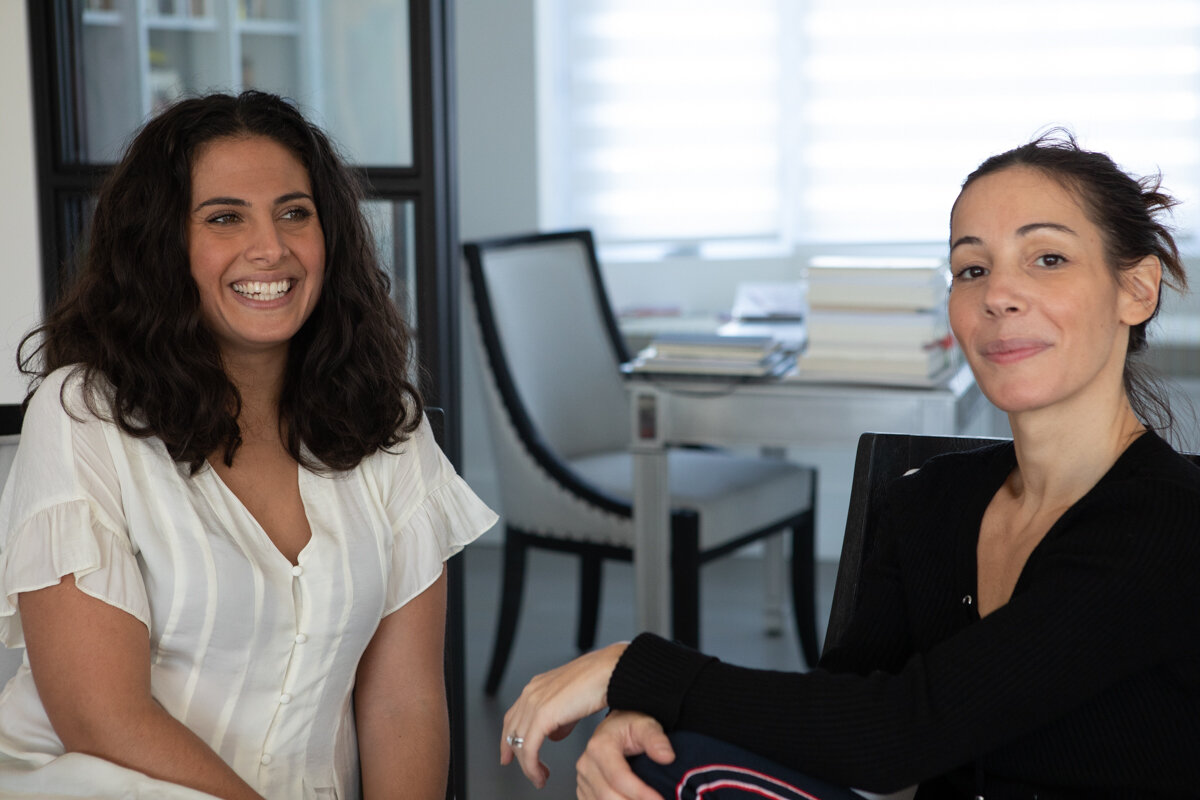The Practice of Love
Written by Alecs Kakon
Photos by Jen Fellegi
Finding ways to help others, yet also reserving space to help yourself. Allowing yourself to be taken care of while also centering your life’s work around helping others thrive. Is it about a harmonious calibration of both extremes or an intentional presence at the nexus of it all? Perhaps, the only authentic place for she who lives both truths lies outside of constructs in a life free of binaries. Perhaps she lives at the fertile intersection of herself amidst others, a space of reciprocal learning and expansive self-discovery. With an ethos of non-conformity, yet never identifying with rebellion, Diana talks about her practice of self-love and how showing up for herself has injected her life with unparalleled meaning. Realizing at a young age that the world is filled with double binds and emotional traps, Diana has set out to challenge limiting beliefs so that she can continuously evolve her fervent free spirit.
Diana’s family moved to Canada two years after she was born. After having spent a short stint in Saudi Arabia, her Egyptian parents knew that if their two daughters were to have the basic human rights that they felt their kids should have, then they would need to leave the Middle East. Ottawa-bound, Diana’s parents left a life of comfort and luxury for the unknown. Her mother’s medical practice transformed but found its footing in the health care system, while her father’s work as a civil engineer was a life he left behind as he struggled to make it as an entrepreneur in Canada. “Everything we came with dissipated into struggle. I watched my father go from venture to venture and what I observed was this feeling of not enoughness.” Balancing the evidence that she had everything she could’ve possibly wanted against the feeling that there was a lack of something, the divergence of truths was Diana’s first confrontation with the dualism that qualified her life. “I had this innate guilt that he had sacrificed everything for me. I had to make it worth it. I had to succeed.” Her parents’ sacrifice was a guilt that felt like her burden to carry yet was the source of her motivation to succeed. As a grown woman, Diana reflects back on the double bind and abandons the limiting narrative; with Kierkegaard spirit that she would not live a life of either/or, Diana took the time to journey inward and accept the responsibility of her own life. She cut the rope that pushed and pulled and was propelled by her own belief system that a woman should stand in her own worthiness and live her life to its fullest potential. She abounds with confidence, and with retrospect, Diana repurposes past feelings of ‘not enoughness’ with a world of plenty, “because, there are ebbs and flows, but if I observe the world around me, I lack for nothing, but should embrace more of everything.”
“A big part of my story is this feeling of ‘being taken care of.’ But, I realized that I had to give myself what I wanted and start to take care of myself,” Diana explains. Learning that autonomy would be the source of positivity and self-reliance, Diana realized that lesson was a defining moment. By showing up for herself, Diana abandoned the first label that trapped her. She was no longer a child, she was no longer dependent, and she had a world of choices in front of her and no one to tell her what to do or who to be. “When I met Jack, it was the first time I stood in my own space and didn’t seek validation. I watched myself navigate the relationship and stand in my full worthiness with a man,” she says. “I watched Jack reflect my deservingness.” Diana explains that in her line of work she helps people find awareness in their love lives and the practice begins with self-love.
Looking back onto her childhood, she pinpoints a transformative moment as she remembers her internal strife with body image. She poignantly asks: “How could I measure up to society’s, or a man’s view of what is beautiful?” Cutting out sugar at 7 years old and being “positively” reinforced that she was looking good, Diana’s dysfunctional relationship with food began. Becoming “healthy” found its shape in bulimia. For 3 years Diana attempted to exercise control over herself through her weight, when she finally realized that the damage she was doing could cost her everything. “I started practicing self-kindness, choosing to say and think nice things about my body and honouring the body I have,” Diana explains. “It’s a practice I continue today. Whenever I feel the pattern starting, I step into love I am aware that I love my body.” With a simple belief that revolutionized her outlook, Diana has built an empire on teaching the practice of (self) love and is convicted to leave a positive mark on the world. “My vision is constantly evolving, but I know it comes through a female lineage. I help women remember their worth. We were born with it and the world slowly adds on the layers, but by becoming conscious of it, we can peel them back.”
Shattering oppressive binaries and living her truth, Diana’s ebullience is as infectious as her confidence mesmerizing. By releasing the traps of either/or, she has etched her own path of becoming and with that, an immense expansion of possibility has been unearthed. “My biggest challenge now is living a more intentional now.” Learning that she can bend time so as to loosen its constricting grip, Diana knows that living in the moment is what will allow her to “bask in the creation of it all.” Her refreshing perspective is informed by gratitude and a mindset of always giving back. By relinquishing the pendulum, she has learned that it’s not about finding the balance between two opposing extremes, but rather learning that one is an extension of the other and to enjoy the experience of it all.


